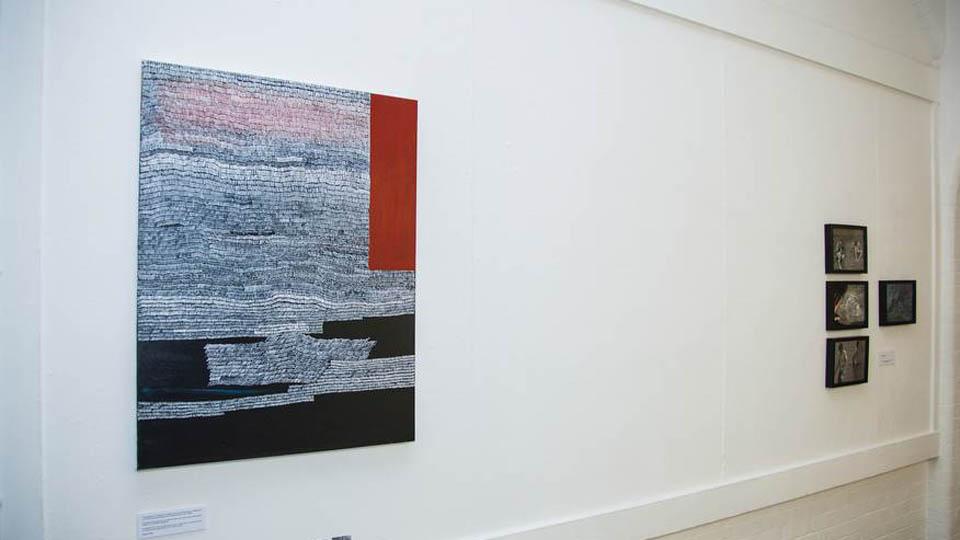Can art therapy help refugees who have suffered torture or rape?
Primary page content
Very few people who are victims of torture receive treatment. This is a sad fact that people who work in this area are trying to combat every day. We must find ways of supporting and helping these vulnerable people come to terms with not only this, but also their own displacement, and the many stresses that coming to the UK will throw at them. And art therapy may just be the answer.

Running an art psychotherapy group over six years in London, I have met many people who have suffered torture and rape. But one girl always comes to mind.
A young girl who had fled the Congo and was barely able to speak let alone talk about what she had been through. Years later when she could not only laugh and chat with people, but speak out with confidence for her fellow countrymen and women who were still suffering, I knew that it was art therapy which had enabled her to do so.
Very little is known about art therapy and the impact that it could have. Although the number of people I have engaged with since beginning my art therapy group is relatively small, I have seen the difference it can make.
Art therapy is something that is becoming more and more recognised. Take for instance, the recent endorsement by broadcaster and BBC journalist Andrew Marr, who found art therapy very helpful following his stroke, or the TV documentary Help for Heroes on the Culture Show, about art therapy for ex-soldiers suffering Post Traumatic Stress Disorder (PTSD). But how can art therapy help those who have suffered at the hands of torturers?
Recovery from torture is not easy, especially not when you are trying to acclimatise to your new circumstances. Recovery will always be bound up with a client's loss of status, the insecure accommodation that they are living in, threats of deportation, the endless bureaucratic hurdles that they will face from the UK state, as well as the experiences of abuse and racism that are thrown their way for being 'asylum seekers'.
Victims of torture are often rendered speechless through what they have endured. They are often left with physical reminders of the torture on their bodies in the form of scars. They also will suffer from incessant headaches, insomnia and compounding health problems. Art-making provides tactile media in the form of clay, paint, glue, paper which mirror the physicality of bodies and gives 'voice' to what cannot be communicated in words.
Victims are also often confused about their past and are unable to remember, with any coherence, the sequence of events that have left them in their current state. In the art psychotherapy groups I have run I have found that the suppressed is made visible and easier to talk about, enabling people to have a distance from the trauma whilst also integrating it.
Though the experience of clinicians writing about torture rehabilitation is that it can be very effective, there is very little research in this area into what is effective, why and how. Services have grown up organically and creatively in response to the particular needs of dominant client groups and the resources of the host country, leading to differences in definition of torture rehabilitation, type of torture, its duration, and a variety of contexts to take into consideration.
The more research we get the better. Not only because it will enable us to develop programmes of therapy that are most relevant and effective, but also because it will help us to build the case for further investment down the line to help the rehabilitation of torture victims.
Studying the art that people make in art psychotherapy groups can reveal understanding about their concerns, their state of mind and the process of rehabilitation. Art provides a language that has a different intercultural history than that of the spoken word, revealing a parallel knowledge which can be compared and contrasted to meanings in the spoken word.
I know that art therapy has huge benefits for the people I see week in, week out. Art is transformative and always has been. It's a part of what makes us human, the ability to create and admire the beauty and the horrors that we face. But it is also a part of what helps us deal with that very world we admire.